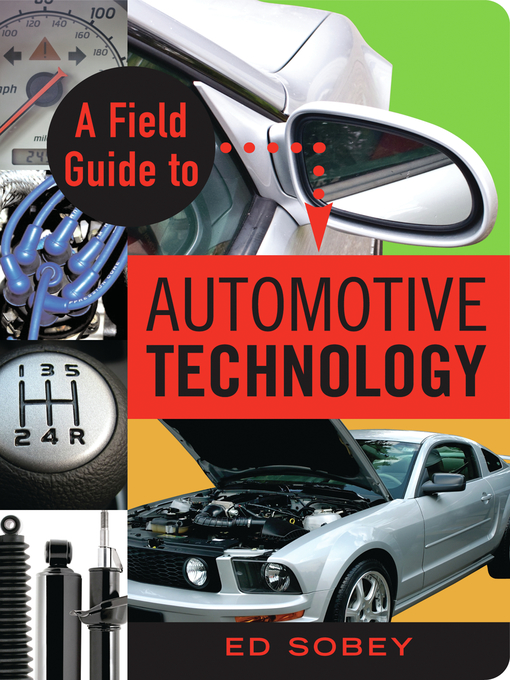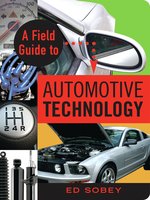A Field Guide to Automotive Technology
1 IGNITION!
A BRIEF HISTORY OF WHEELED VEHICLE TECHNOLOGY
Why gas-guzzling cars? Why is our transportation dominated by four wheels powered by a gasoline-snorting engine?
People have been using wheels for nearly 6,000 years. The invention of the wheel probably occurred many times in many places and no event of inception was recorded. At first wheels were powered by the people who made them. Hitching animals to move carts started around 4,000 years ago.
Animals work well pulling people and cargo, but have some serious drawbacks. By the 1880s, New York City had to dispose of 15,000 dead horses that had been left in the streets each year. The city was also engaged in the business of collecting and disposing of 20 tons of horse manure every day. Watching a car belch its exhaust may annoy us, but picture following a team of horses clopping down the street soon after they had eaten their oats. There were serious health concerns about the piles of rotting manure left scattered throughout the city and the accompanying flies. People also complained of the din of iron horseshoes hitting the paving; the noise was so loud that people had trouble talking to one another on the streets. Life for the horses wasn’t so great either. Life expectancy of a working horse was about four years, and many were mistreated.
The steam engine changed everything. The concept for steam power had been around since the first century—Hero’s Engine, called an aeolipile, was a working steam engine but an impractical one. In the 18th century tinkers started applying new technologies of metallurgy to containing and controlling the power of steam. James Watt made a huge contribution by building an improved steam engine with an external condenser. This innovation thrust steam power into the realm of practicable technology.
The first steam vehicle in the United States was a strange device made by inventor Oliver Evans. Evans’s contraption, named the Orukter Amphibolos, could run on land or water. It was designed as a motorized river dredge that could travel over land to get to the dredge site. The dredge was probably never used but inspired generations of early American inventors to try steam power.
Steam power for vehicles was popular well into the 20th century. In 1906 driver Fred Marriott set a land speed record of 121 mph in the Rocket, a steam-powered race car. The Rocket set a new record of 132 mph the following year before crashing.
But steam wasn’t alone as a power source for vehicles. Scientific
discoveries had led to practical applications for electricity, including the electric motor. By the end of the 19th century, car companies were making both steam and electric vehicles. And a few companies were starting to use the newly invented internal combustion engines.
At the start of the 20th century, internal combustion automobiles ran a distant third behind those powered by steam or electric engines. Electric cars especially were safer to use, provided a smoother and quieter ride, and were easier to operate. Industry experts predicted the demise of the gasoline engine as it was noisy and unreliable, and it delivered an uncomfortable ride. The only certainty in the future of vehicle engines seemed to be that people would be driving cars powered by either steam or electricity.
Today, as electric engines are resurging amid the green revolution and fuel-cost consciousness, it’s hard to imagine how electric cars lost market share to gasoline. But internal combustion proponents worked steadily to reduce their engines’ drawbacks.
Gasoline engines operate in a relatively narrow range of rotational speeds.





